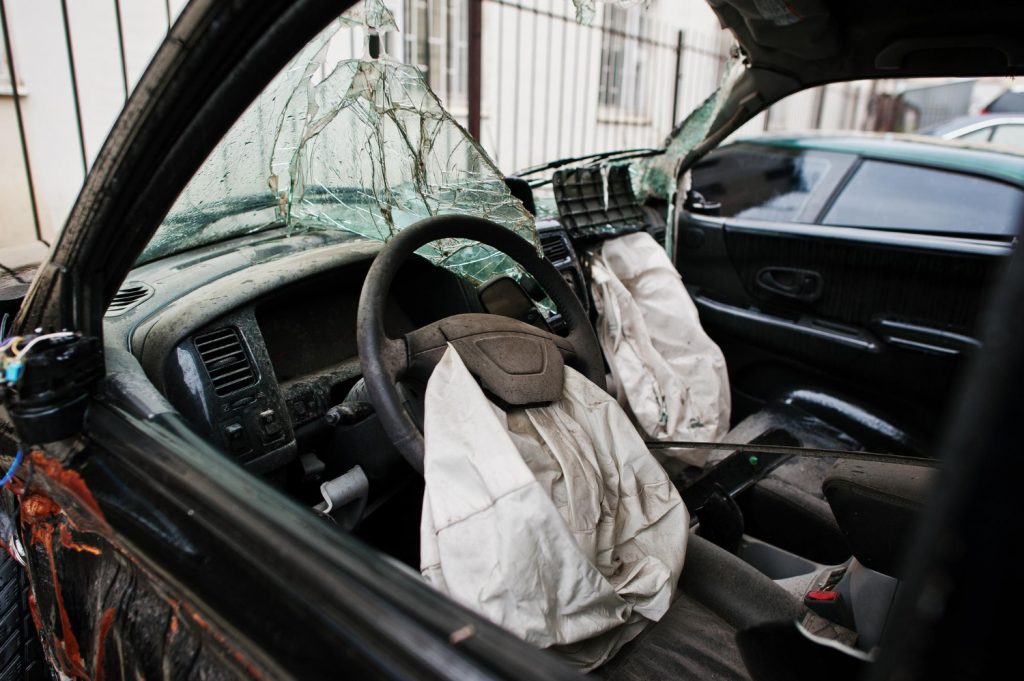Car accidents happen for various reasons that can be attributed to either you or another at-fault party. Having fully functional airbags is crucial to minimizing the impact of injuries in an accident. Regular checks and maintenance of your vehicle can also help prevent accidents.
Despite taking all possible measures, some accidents are unavoidable and could lead to severe injuries or even loss of life.
So, what are the steps to take after an accident? They are listed below.
- Seek medical attention
- Inform the authorities
- Collect evidence
- Exchange information
- Gather witness information
- Consult a car accident lawyer
These points are explained later in the article.
As informative as the steps are, it is important to know that prevention is better than cure. Follow best driving practices to avoid becoming a statistic.
Read on to find out about car airbags.
What Are Airbags and How Do They Work?
Airbags are cushions that help prevent severe injuries when a car accident occurs. These cushions are usually inflatable and spongy to minimize accident impact.
If you’re wondering what to do after a rideshare accident, seeking immediate medical attention and documenting the scene can be crucial steps. Gathering information from all parties involved will also help in filing a claim effectively.
Cars are usually fitted with airbags that have sensors. When an accident occurs, the sensors measure the severity of the impact, and if the impact is huge, the sensors signal airbag inflators to deploy the airbags. All this happens within seconds to ensure the safety of the occupants.
Types of Airbags
There are different types of airbags.
- Frontal Airbags: Frontal airbags are designed to deflate in medium to severe accidents. These airbags prevent chest and head injuries.
- Side Airbags: Just like frontal airbags, side airbags also prevent head and chest injuries to the driver and the passenger. The only difference is that these airbags are placed on the left- or right-hand side of the occupants.
According to statistics, airbags reduce driver fatalities in accidents by up to 29% and fatalities of passengers in the front seat by 32%.
On the other hand, side airbags that protect the driver’s head reduce fatality by 37% and up to 52% for SUV drivers.
These statistics underscore how important airbags are, especially in head-on and sideways collisions.
Steps to Take After a Car Accident
A car accident is devastating and traumatizing. Here are the steps to take after an accident:
- Stay put and check for injuries: Stay calm and check whether you or other passengers have sustained any injuries. In case of injury, perform first aid to prevent any serious issues, such as severe blood loss.
- Call the Police: You should contact the police to record a formal statement of the accident. The police report will come in handy to help you with your car insurance claim.
- Take pictures and videos of the scene: To ensure that the accident scene is accurately documented, you need to take pictures and videos of the scene. You can use the pictures and videos as evidence when filing a car accident
- Exchange information with the other driver: Once the accident occurs, request the other driver to provide information such as insurance details and their personal details, i.e., name, phone number, and address. You will also need to provide the same to the other driver.
- Hire a lawyer and file your claim: After all the steps above, you should hire a lawyer who will help you file your accident claim and be in charge of handling the case. Timely filing of your car accident claim is vital to ensuring successful compensation.
- Replace your Airbags: You should replace your car airbags as soon as possible. This will ensure protection in the event that you are involved in another accident in the future.
Seek Compensation After a Car Accident
Your car’s airbags are designed to protect you from severe head and chest injuries. If you have been involved in a car accident, you should seek compensation. Hire a car accident lawyer to help you with your claim.
Gianluigi Cuccureddu is co-founder of Damarque, helping you to improve your commercial performance through better engagement with your employees, customers and strategic business partners.
We offer high-impact training, coaching and consulting services for professionals, teams and organizations to help improve people ánd organizational performance and innovation capability in an efficient and sustainable way.













